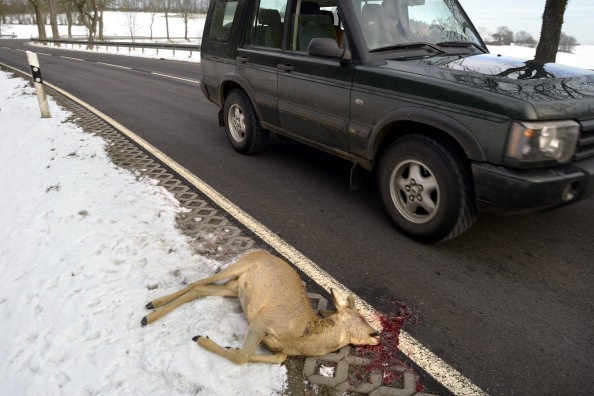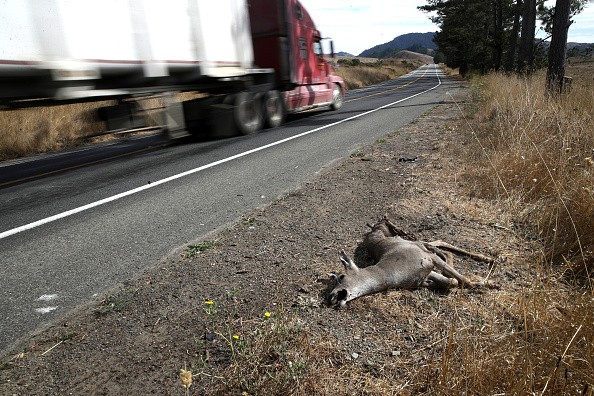Each year, over 3,000 animals lose their lives on the country's BR-262 road, but legal action by activists is making authorities take notice.

Death of Schwartz
The last time Schwartz's tracking monitor made registration of his location, he was standing at the extreme of the "highway of death". An enormous male giant anteater, he was wandering around his habitat in the Brazilian Cerrado - an extensive tropical savanna that is close to the largest tropical wetland in the world, the Pantanal - when he vanished next to the federal highway formally referred to as the BR-262. No more GPS datapoints, taken every 20 minutes, were recorded.
But veterinarians and biologists from the Institute for the Conservation of Wild Animals' (ICAS) Anteater and Highways Project, who had worn the collar on him, was certain of what happened. It is likely that the driver who hit Schwartz didn't see him until it was very late. It was at night, and the dark colouring of Schwartz's eyes and body that wouldn't have reflected the headlights of approaching vehicles would have made it almost impossible to steer clear of him.
The Search For Schwartz
The impact on Schwartz's body was most likely too much that the tracking collar broke, and researchers believe he managed to get himself away from the road to die. The team looked for Schwartz but never found him. Schwartz is believed to be one of thousands of animals that have lost their lives in wildlife-vehicle collisions each year on the highway of death.
It is among the many roads that cut across the fauna-rich ecosystems of Brazil without taking into consideration the animals that live close by. The BR-262 was constructed in the 1960s, long before environmental impact regulations came into existence in 1986 - and effective actions to avoid accidents on the road still haven't been put into play. Now, decades after it is built, a class action lawsuit has compelled officials to open their eyes to the perils of the road for both humans and wildlife.

BR-262 Highway
The BR-262 extends east-west across the states of Minas Gerais, Espírito Santo, Mato Grosso do Sul, and São Paulo dividing straight through the Cerrado, Pantanal and the Atlantic Forest. The most deadly stretch is the close-300km that runs through the Pantanal between the cities of Corumbá and Aquidauana on the Bolivian border, where lorries are excess and mining for metals is out of control.
Over 3,000 animals lost their lives in collisions on the road each year, affecting as many as 88 distinct species, according to research from the Federal University of Mato Grosso do Sul. In 2020, the Pantanal went through its worst drought in 47 years - the fires made the damage worse and it overtook the wetland - leaving its major water source, the Paraguay River, at levels so low that most ships that were supposed to carry mining cargo had to remain docked.
For more news, updates about highway deaths and similar topics don't forget to follow Nature World News!
© 2025 NatureWorldNews.com All rights reserved. Do not reproduce without permission.





